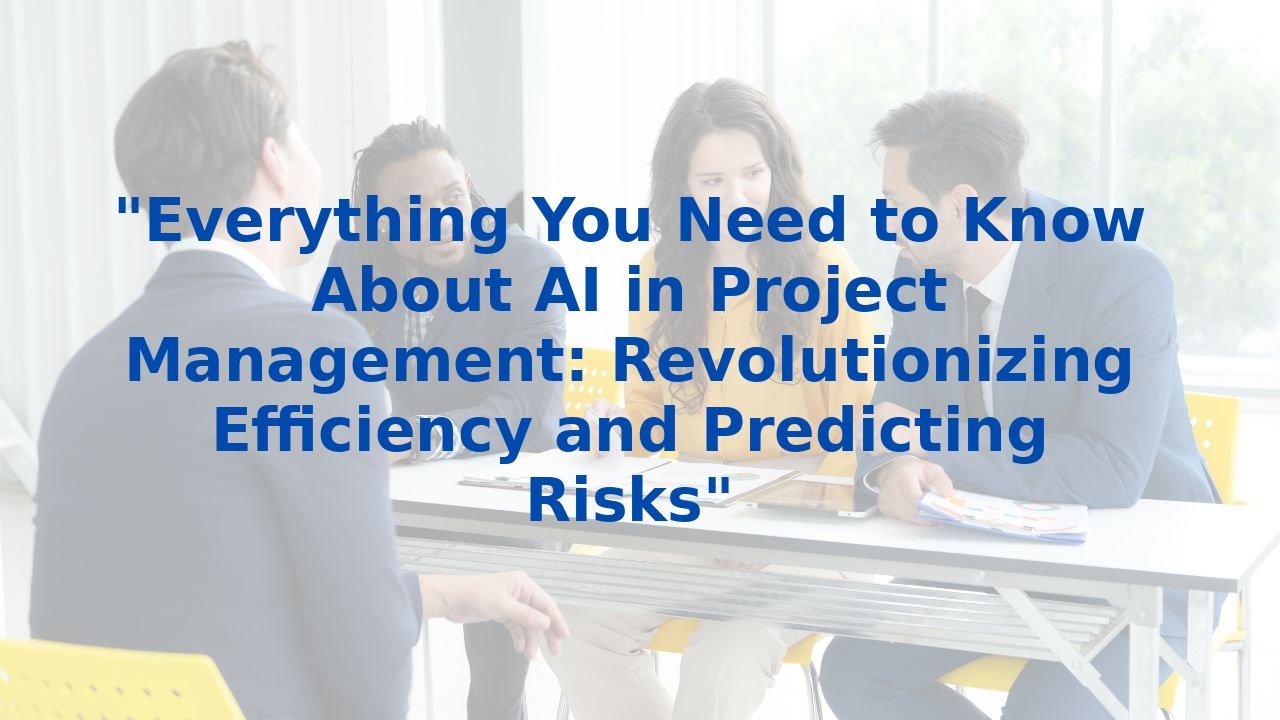Enhancing Business Efficiency: The Comprehensive Guide to Leveraging AI in Your Processes
Enhancing Business Efficiency: The Comprehensive Guide to Leveraging AI in Your Processes
In an era where adaptability defines success, businesses are continuously exploring innovative avenues to increase operational efficiency while keeping pace with market demands. At the forefront of this evolution is the strategic integration of Artificial Intelligence (AI) into core business processes. This guide aims to elucidate how AI can amplify various facets of your operations, paving the way for enhanced productivity and competitive advantage.
Understanding AI Process Optimization
AI process optimization harnesses machine learning and data analytics to refine how businesses operate. Automating mundane tasks, analyzing vast data sets, and facilitating informed decision-making are at the heart of this innovation. The goals are straightforward: minimize errors, boost productivity, and streamline operations.
Enhancing Decision Making
One of the remarkable benefits of AI lies in its predictive capabilities. By analyzing data patterns, AI provides insights that empower decision-makers to make strategic choices. For example, utilizing predictive models allows businesses to simulate potential pricing strategies, enabling them to set optimal prices without risking customer loss or profit reductions. The result? Improved bottom lines and better customer relations.
Automating Routine Tasks
Routine tasks often bog down employee creativity and strategic thinking. Enter AI, which can effortlessly relieve teams from monotonous work. Intelligent Document Processing (IDP) exemplifies this, transforming tedious document management tasks into streamlined processes. By eliminating manual input, AI reduces errors and liberates talent for more critical initiatives, fostering an environment where innovation can thrive.
Improving Customer Service
The dynamics of customer service are evolving thanks to AI. Chatbots serve as the first line of engagement, handling basic queries and feedback. More advanced AI systems analyze customer interactions, gleaning insights that pinpoint areas for enhancement. For instance, by extracting and streamlining important data into ticketing systems, these tools ensure that human representatives can focus on resolving complex issues, ultimately enriching the customer experience.
Optimizing Product Development
Generative design embodies the synergy between creativity and AI. By inputting objectives into generative design software, businesses unlock a treasure trove of design possibilities, leading to enhanced prototypes while maximizing resources. This approach leads to smarter investment choices, cutting time-to-market without compromising quality.
Enhancing Manufacturing Processes
The advent of collaborative robots, or cobots, has transformed manufacturing. Unlike traditional robots, cobots work in tandem with human operators, dynamically adjusting their operations based on real-time conditions. This harmonization reduces downtime and optimizes both human and robotic efficiencies, paving the way for a new era in manufacturing productivity.
Refining Recruitment
AI's impact has also reached the realm of human resources. In recruitment, AI systems can efficiently screen candidates, assessing their suitability based on predetermined criteria and soft skills. This automation alleviates the burden of the initial assessment phase, allowing HR teams to dedicate their efforts to developing strategic workplace culture and engaging with top talent.
Continuous Improvement with AI
The power of AI extends into sustained performance improvement. Through ongoing data analysis, AI can offer real-time feedback, fostering an environment of continual learning and strategic adjustment. Organizations that embrace this iterative process can seamlessly adapt their strategies to stay aligned with changing business goals and industry standards.
Real-Time Monitoring and Automation
AI-driven monitoring tools revolutionize performance management by tracking key performance indicators in real-time. These technologies alert teams to any deviations, enabling prompt interventions that maintain operational integrity. By anticipating potential issues through historical analysis, businesses can preemptively correct disruptions—enhancing resilience in a fast-evolving market landscape.
The Role of Process Mining
AI process mining utilizes advanced analytics to delineate how data flows through systems, uncovering hidden inefficiencies and opportunities for enhancement. By offering a detailed view of operations, organizations can identify bottlenecks that otherwise elude detection. This comprehensive understanding serves as a foundation for informed strategic decisions and process refinements.
Benefits of AI Training for Employees
While AI systems are undeniably powerful, their effectiveness hinges on the proficiency of human operators. Training initiatives aimed at developing a workforce adept in AI-driven tools can significantly elevate operational capabilities. Skills such as data analysis, problem-solving, and logical reasoning equip employees to harness AI’s full potential, aligning their efforts with organizational goals in a rapidly changing landscape.
Conclusion
As we navigate the complexities of today's business environment, integrating AI into processes represents a pivotal strategy for enhancing efficiency. With improved decision-making, automated routine tasks, enriched customer service, optimized product development, refined recruitment, and a commitment to continuous improvement, AI stands poised to redefine success for organizations. By investing in both technology and training, businesses can cultivate an agile workforce ready to meet the demands of an unpredictable future.
Explore AI Training Opportunities Here to equip your workforce for the new age of business.



